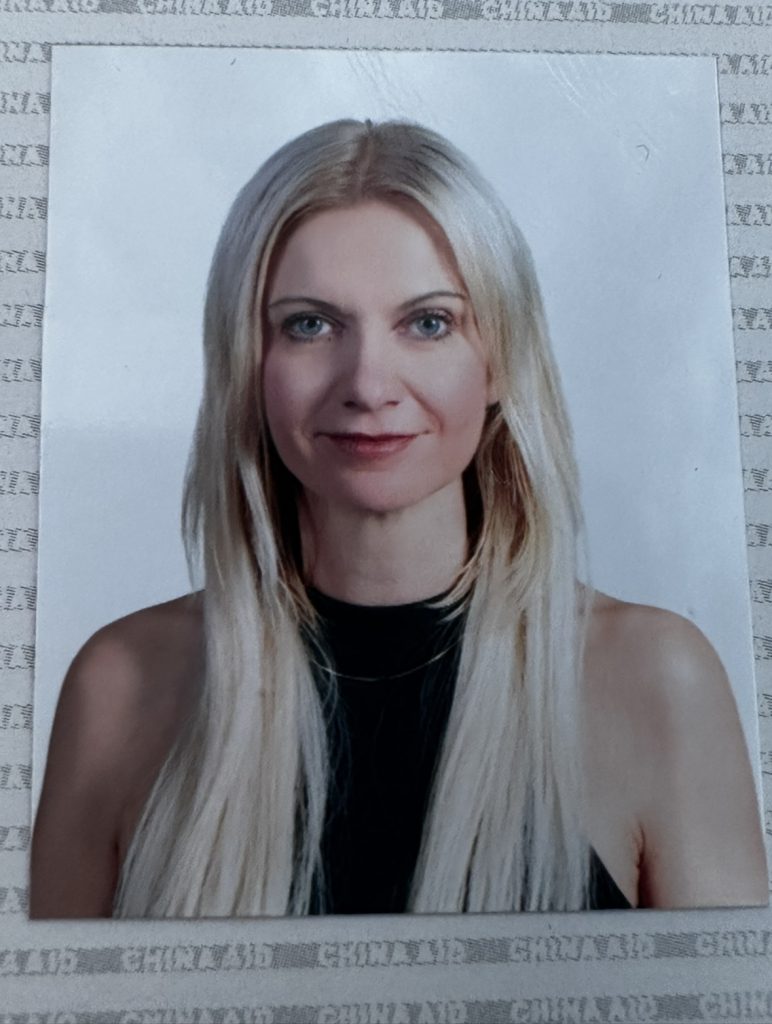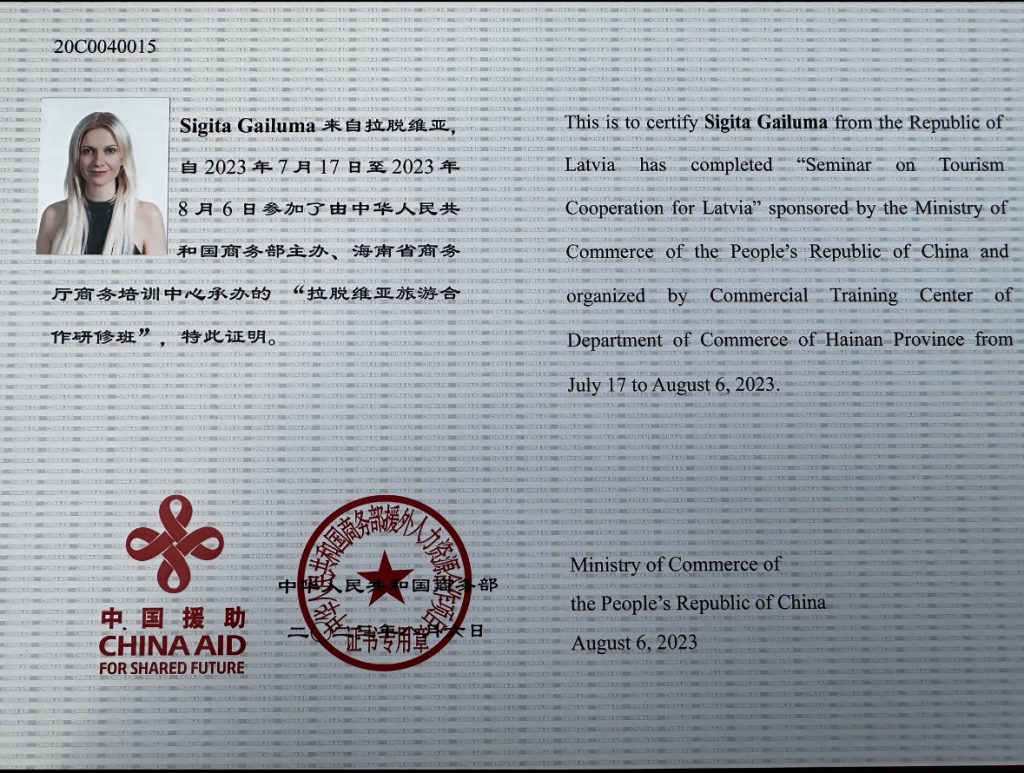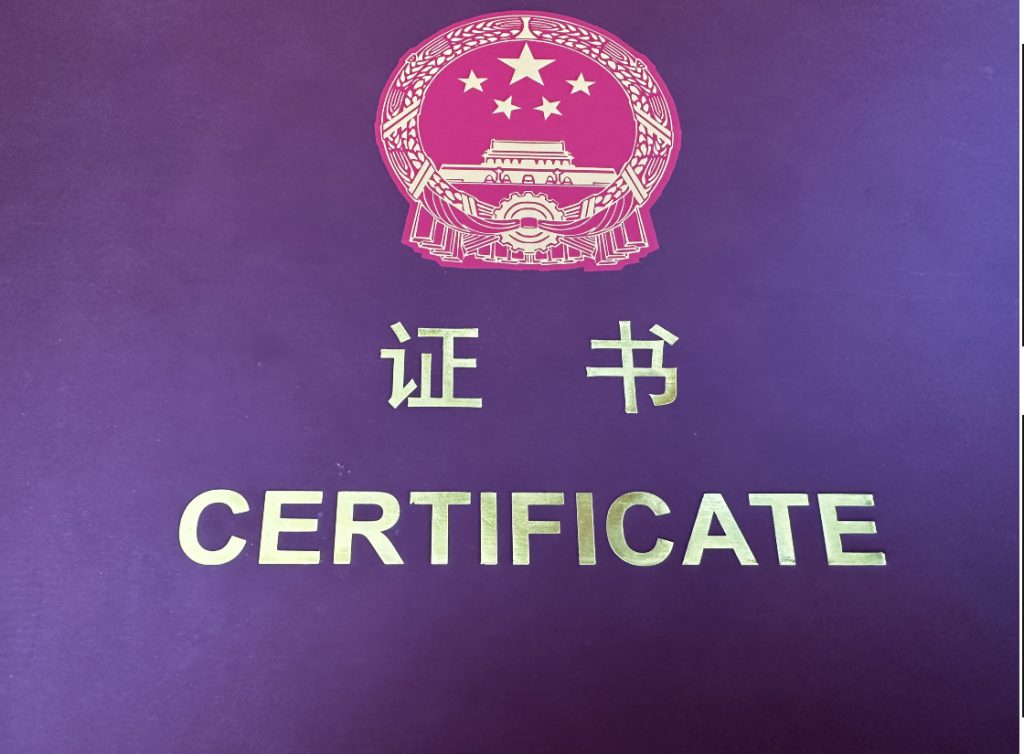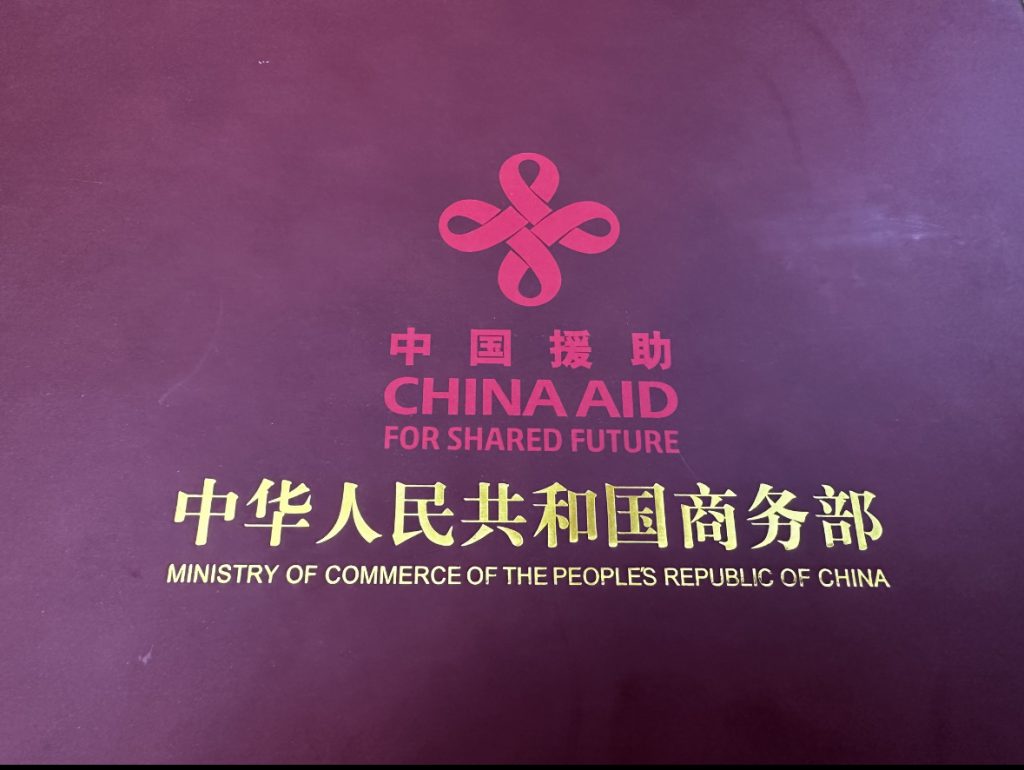In today’s digitally driven world, the concept of beauty has taken on new dimensions, heavily influenced by cultural shifts and technological advancements. China, a nation with a rich cultural heritage and rapid technological progress, offers a unique insight into the changing landscape of beauty standards and the role of digital photo manipulation. This article not only explores the evolving beauty ideals in China but also provides a personal perspective from my side, when I experienced firsthand the use of digital photo manipulation in the country.
The Shifting Chinese Beauty Standards
China’s beauty ideals have transformed over time, reflecting a blend of historical norms, societal changes, and external influences. Traditional standards, often centered around pale skin and delicate features, have evolved to include a wider range of characteristics. With globalization, K-beauty, J-beauty, and other international trends have contributed to diversifying beauty norms. These shifts highlight a movement towards greater inclusivity and recognition of various aesthetics.
Technology and Social Media’s Influence
Modern beauty standards in China are being significantly influenced by technology and social media. Platforms like WeChat, Weibo, and Douyin (China Tik Tok) serve as virtual stages where celebrities, influencers, and everyday users showcase their unique beauty and style. However, these platforms have also given rise to the increasing use of digital photo manipulation tools, leading to the widespread presence of filters and retouched images that create an idealized version of reality.
Personal Experience: Digital Manipulation in China
During my time in Hainan, China, I had the opportunity to experience the impact of digital manipulation firsthand. I attended a seminar and training program in China that included an official photoshoot. The photos were to be used for official documents, and I, along with others, went through a process that involved digital transformation.
The photograph underwent a series of digital alterations. Blemishes vanished, skin became porcelain-like, and facial features were subtly adjusted to align with conventional beauty standards – digital makeup, hairstyling, creation of larger eyes and sharper chin. It was a surreal experience to see how technology could alter one’s appearance so profoundly, all while maintaining a sense of realism. The end result was undoubtedly polished, but it also felt like a portrayal of an enhanced version of myself by Chinese standards.
The Ethical and Psychological Implications
While the digital manipulation process in China’s official context was fascinating, it raises important ethical and psychological questions. In a society where digitally perfected images are often the norm, individuals may find themselves striving for unattainable ideals, potentially impacting self-esteem and mental well-being. The line between artistic enhancement and unrealistic portrayal can become blurred, leading to a complex relationship with one’s self-image.
Conclusion
The journey through China’s evolving beauty standards and the impact of digital photo manipulation is a complex and multifaceted one. From traditional ideals to the technological age, beauty standards continue to evolve, shaped by cultural heritage, globalization, and the prevalence of social media. My personal experience, undergoing digital alterations for an official photograph, underscored the intricate relationship between technology and appearance. As we continue to navigate this landscape, it’s essential to strike a balance that embraces individuality, authenticity, and the positive aspects of digital creativity while remaining mindful of potential pitfalls.




